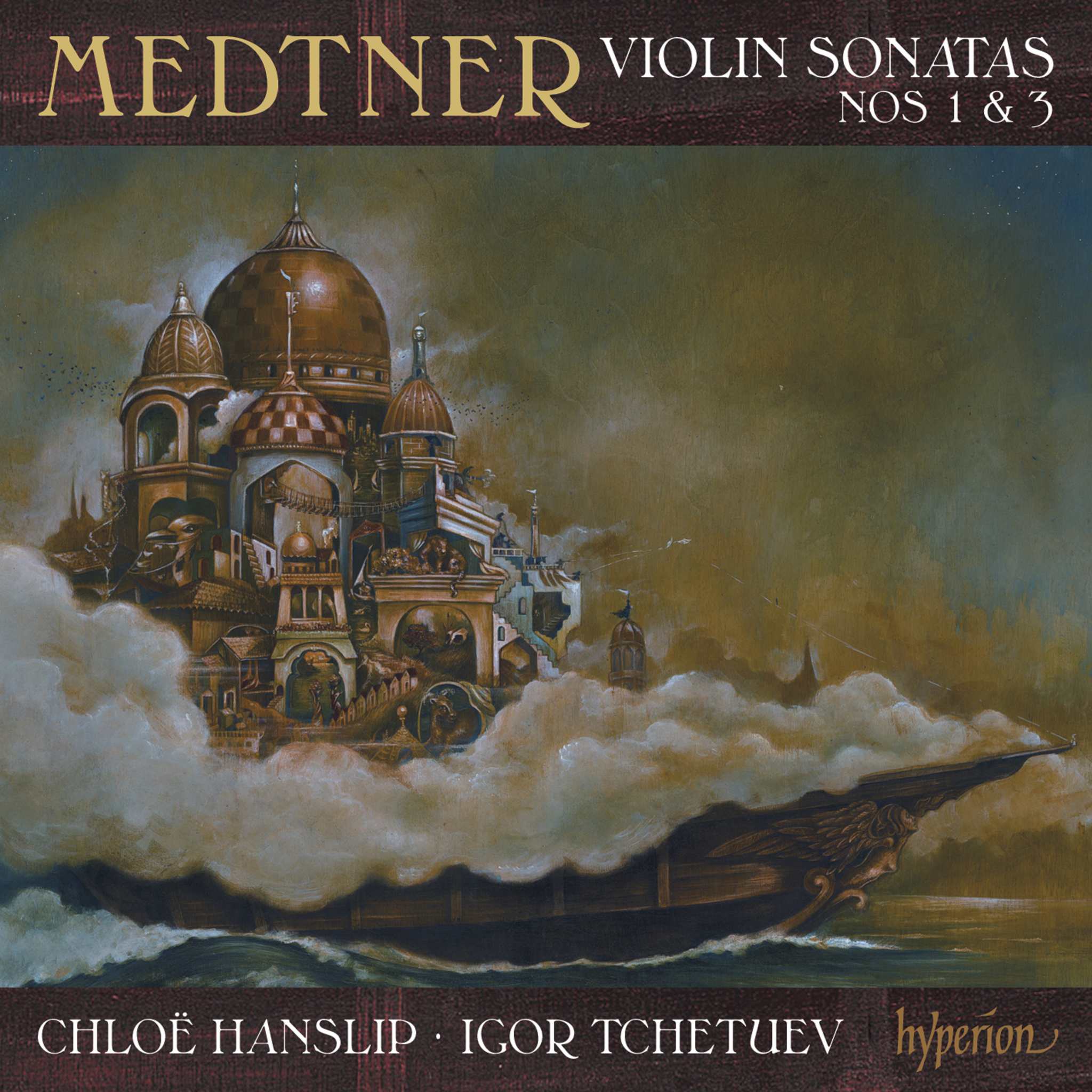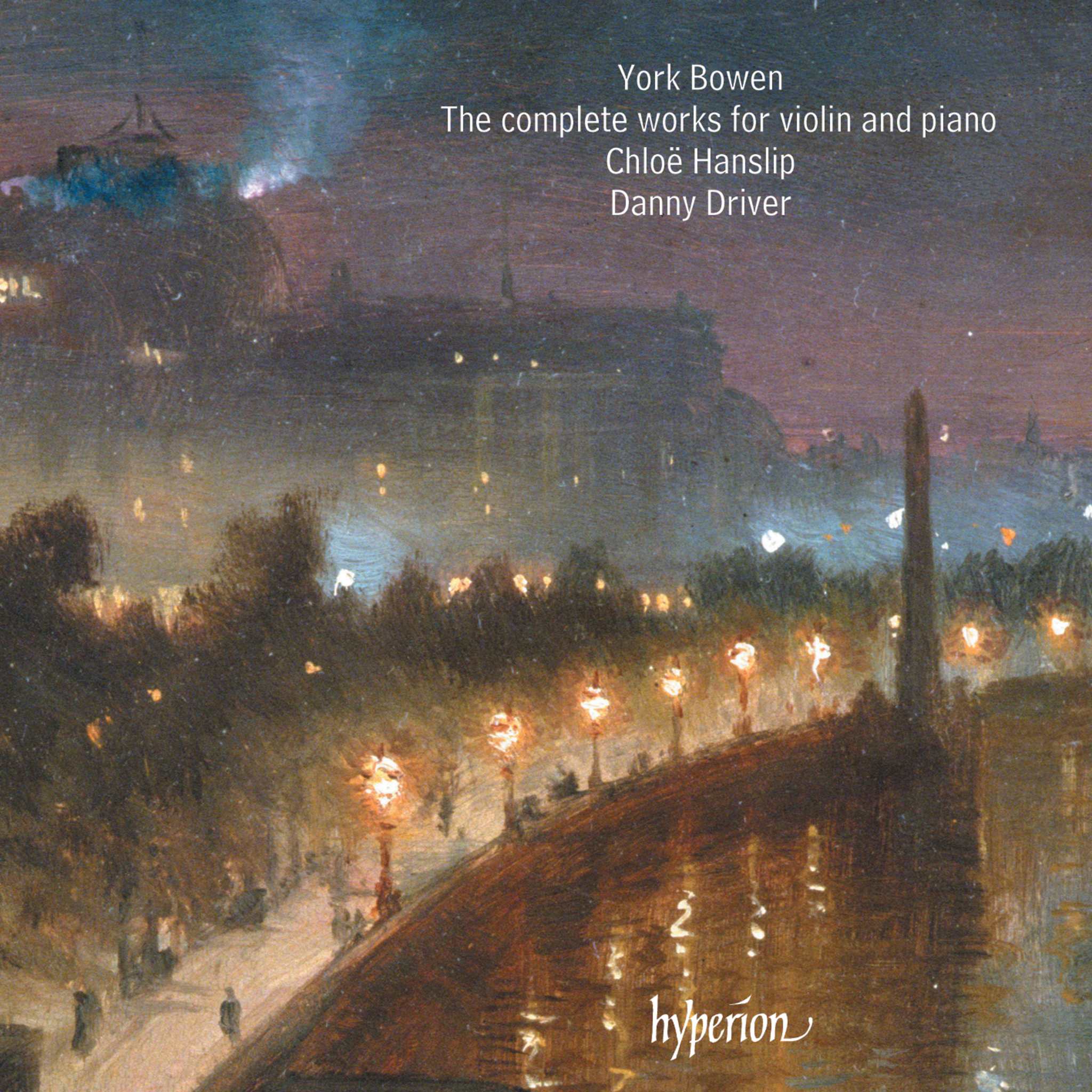Album insights
The music world lost its orientation when Beethoven succeeded in 1824 in securing the choir and soloists for his latest symphony performance. The classical symphony had been rediscovered, perfected, romanticized, and even destroyed within the lifetime of a single composer. Composers like Schumann and Mendelssohn pushed the genre further, but by the mid-19th century, the symphony seemed incapable of sparking any creative energy. It took at least two more decades before the next great symphony emerged with Brahms' First Symphony, rooted in tradition yet hopeful for the future. Tchaikovsky and Bruckner, among others, also revitalized the symphony in their own unique ways.
However, there was an overlooked aspect: the avoidance of symphonies by Flemish composers. While many nationalist composers used the symphonic form to showcase folk music, Flemish composers showed little interest in the structural benefits and versatility of symphonies.
Flemish music had an unusual position in the 19th-century music history with a focus on vocal music over orchestral and symphonic works. This was influenced by Peter Benoit, a key figure in Flemish music, who prioritized national themes over pure symphonic music. His emphasis on vocal music hindered the development of an orchestral music tradition in Flanders.
Benoit’s insistence on vocal music significantly affected a generation of composers who focused on songs, communal music, and traditional Flemish tunes. Few composers dared to deviate from Benoit’s aesthetic, but names like Jan Blockx, Lodewijk Mortelmans, and August De Boeck succeeded in reintroducing symphonic works into the repertoire.
Lodewijk Mortelmans, a prominent figure in the Flemish orchestral renaissance, maintained links to European music scenes, incorporating diverse influences into his compositions. His works, such as "Mythe der lente," were inspired by mythological symbols, mirroring a romantic style while embracing national themes.
Despite Mortelmans' efforts to enrich the Flemish music repertoire, his compositions faced challenges due to narrative complexities and programmatic elements. Mortelmans' return to orchestral music with pieces like "Morgenstemming" marked a new artistic dawn, characterized by introspection and religious undertones.
This revival of Flemish orchestral music, distinct from the contemporary modernist trends, offered a varied repertoire, showcasing a departure from Benoit's legacy. Mortelmans' contribution to this development would have likely filled Benoit with a sense of paternal pride.





